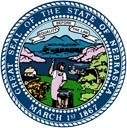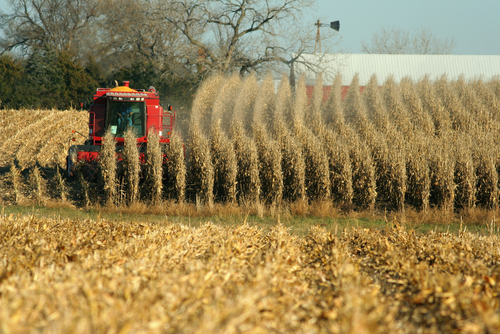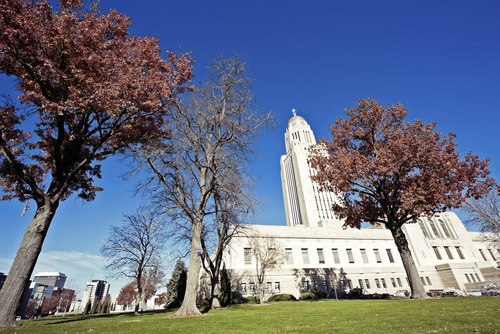About Nebraska
Nebraska is a Great Plains state of the United States. Nebraska gets its name from a Native American (Oto) word meaning “flat water”, after the Platte River that flows through the state. Once considered part of the Great American Desert, it is now a leading farming state. Nebraskans have practiced scientific farming to turn the Nebraska prairie into a land of ranches and farms. Much of the history of the state is the story of the impact of the Nebraska farmer. Nebraskans are sometimes colloquially referred to as “Cornhuskers” (which is derived from the state nickname).
Nebraska has a large agriculture sector, and is a national leader in the production of beef, pork, corn (maize), and soybeans. Other important economic sectors include freight transport (by rail and truck), manufacturing, telecommunications, information technology, and insurance.
History
The Kansas-Nebraska Act became law on May 28, 1854; it established the U.S. territories of Nebraska and Kansas. The territorial capital of Nebraska was Omaha.
In the 1860s, the first great wave of homesteaders poured into Nebraska to claim free land granted by the federal government. Many of the first farm settlers built their homes out of sod because they found so few trees on the grassy land.
Nebraska became the 37th state in 1867, shortly after the American Civil War. At that time, the capital was moved from Omaha to Lancaster, later renamed Lincoln after the recently assassinated President of the United States Abraham Lincoln.







